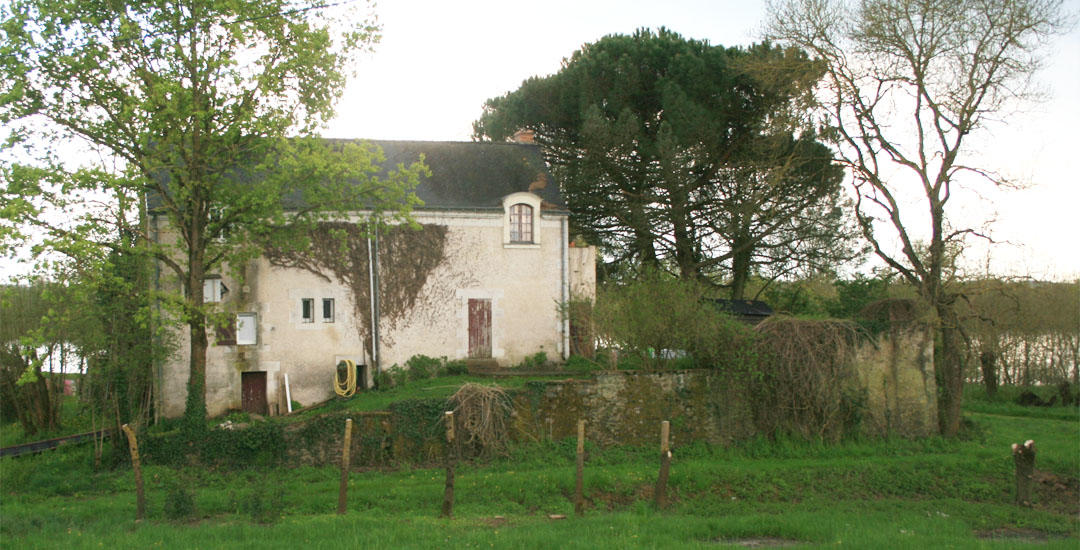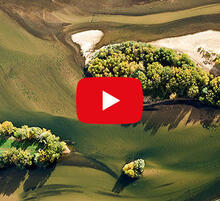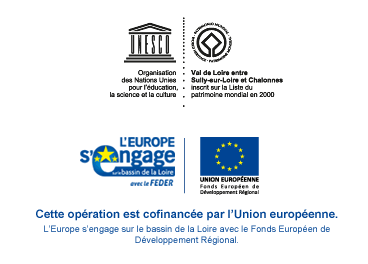- Home
- Know
- A la carte
- Living on and cultivating an alluvial plain
Living on and cultivating an alluvial plain
Published on 13 April 2017 - Updated 16 November 2018
A farming landscape shaped by the water and human toil

Here, the village of Saint-Germain-des-Prés borders the River Loire for three kilometres.
It’s an alluvial plain interspersed with streams and boires, dead branches of the river. In olden times it was peppered with islands which we have reattached to the bank over time. The irrigated ground is well-suited to agriculture and hedges outline the network of this wooded countryside which dominates the agricultural landscape. Along the paths and roads, the avenues of willows, alders and poplars give a pattern to the journey. The land between the River Loire and the village is protected by the Saint-Georges levee, raised between La Possonnière and the Pont de Montjean bridge at the start of the 19th century.
The levee blends with the hills between Saint-Germain-des-Prés and Champtocé-sur-Loire. The villages, like Saint-Georges-sur Loire, are located on the wooded hillsides, which demarcate the moist meadows to the north. The meadows and levees are home to scattered dwellings, hamlets and farms, where the rhythms of life are still linked to the River Loire to this day. Let’s listen to Caroline Briand in her work L'archétype ligérien, (the archetype inhabitant of the Loire): “A walk in the Loire Valley can be most varied: following a levee, playing at being a tightrope walker on the breakwaters, carefully venturing over the sandbanks, or quite the opposite; losing yourself in the depths of solitude in the meadows. In every instance, what’s important is to open your senses to your surroundings. In this way you will truly experience sounds, smells, the breeze, everything. Nothing should hold you back from letting the landscape in. Time itself, at the leisurely pace of a stroll, is what will allow you to commune with nature.”

![Nouvelles Renaissance(s] 2023](/var/storage/images/val-de-loire-refonte/dossier-de-parametrage/pied-de-page/nouvelles-renaissance-s-2023/517479-13-fre-FR/Nouvelles-Renaissance-s-2023_image_largeur220.png)


 Lettre d'information
Lettre d'information
 Facebook
Facebook
 Flickr
Flickr
 Podcloud
Podcloud
 Dailymotion
Dailymotion
 Box
Box
 Slideshare
Slideshare
 Diigo
Diigo

